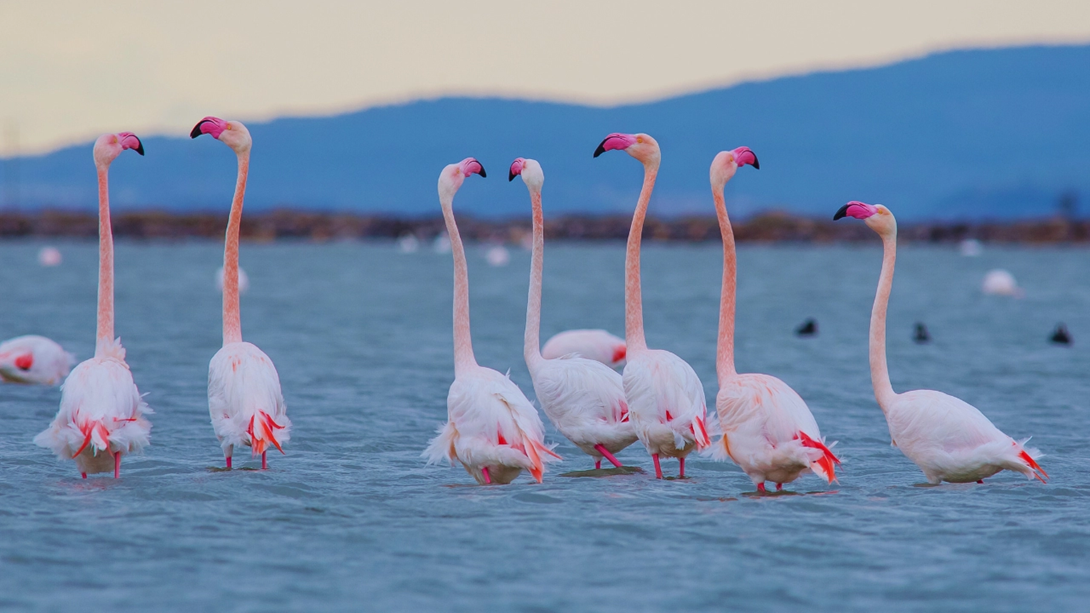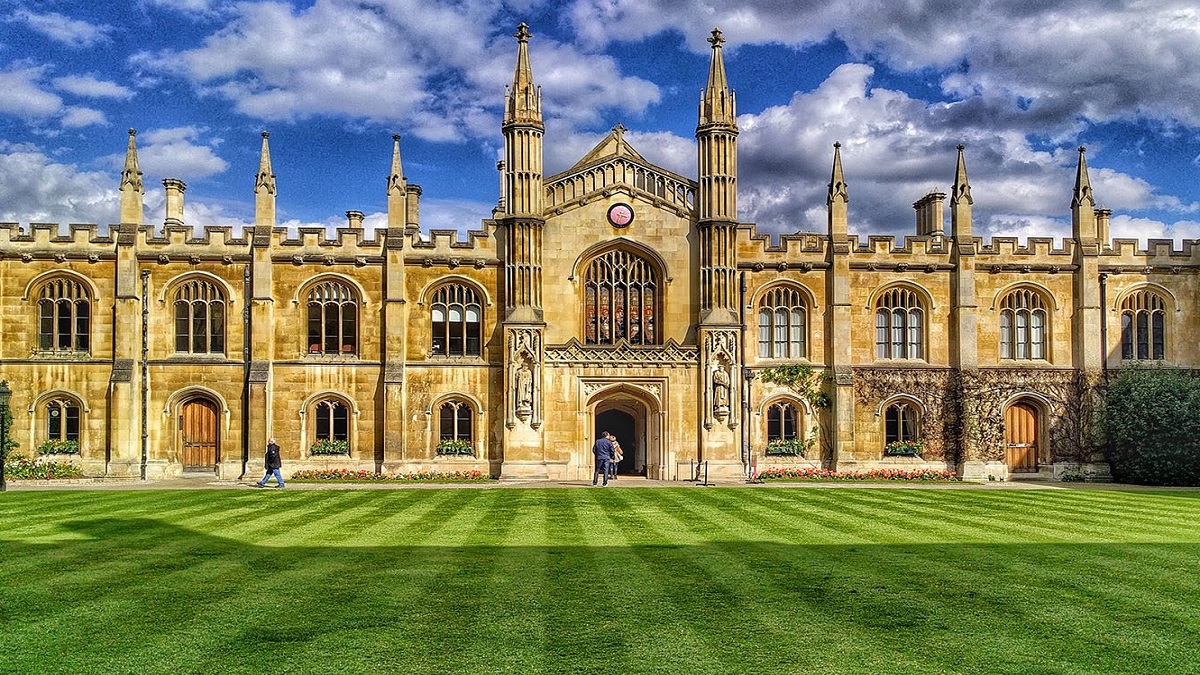- Courses
- GS Full Course 1 Year
- GS Full Course 2 Year
- GS Full Course 3 Year
- GS Full Course Till Selection
- Answer Alpha: Mains 2025 Mentorship
- MEP (Mains Enrichment Programme) Data, Facts
- Essay Target – 150+ Marks
- Online Program
- GS Recorded Course
- Polity
- Geography
- Economy
- Ancient, Medieval and Art & Culture AMAC
- Modern India, Post Independence & World History
- Environment
- Governance
- Science & Technology
- International Relations and Internal Security
- Disaster Management
- Ethics
- NCERT Current Affairs
- Indian Society and Social Issue
- NCERT- Science and Technology
- NCERT - Geography
- NCERT - Ancient History
- NCERT- World History
- NCERT Modern History
- CSAT
- 5 LAYERED ARJUNA Mentorship
- Public Administration Optional
- ABOUT US
- OUR TOPPERS
- TEST SERIES
- FREE STUDY MATERIAL
- VIDEOS
- CONTACT US
Chinese Migratory Bird Sanctuaries Added To UNESCO
Chinese Migratory Bird Sanctuaries Added To UNESCO

Recently, China's Migratory Bird Sanctuaries along the Yellow Sea-Bohai Gulf (Phase II) were added to the UNESCO World Heritage List.
- This significant development marks a milestone in global biodiversity conservation efforts.
Key Points:
Announcement: The announcement was made during the 46th session of UNESCO's World Heritage Committee, held in New Delhi.
New Sites: The newly recognized sites are an important addition to the original area, which was added to the World Heritage List in 2019. These new sites include five key areas:
- An estuarine wetland in Chongming, Shanghai
- The Yellow River estuary in Dongying, Shandong province
- A wetland area in Cangzhou, Hebei province
- A national-level nature reserve in Dalian, Liaoning province
- The Yalu River estuary in Dandong, Liaoning
Significance:
- These sanctuaries are important for the survival of millions of migratory waterbirds, providing crucial places to breed, rest, and spend the winter.
- The diverse habitats in these sanctuaries support many species, including some that are threatened or endangered.
China's Commitment to Biodiversity:
- Dedication: The addition of these sites shows China's dedication to protecting nature and preserving biodiversity.
- Administration Statement: "China's heritage sites, including these new ones, represent our commitment to building a beautiful and eco-friendly China," said the administration.
- Global Contribution: This recognition also highlights China's important contributions to global biodiversity conservation.
- Phase II Recognition: The Phase II recognition is expected to boost protection efforts and international cooperation to save these important ecosystems. It also shows the need for ongoing work to keep and restore habitats for migratory birds along the East Asian-Australasian Flyway, a major migratory route.
About Bohai Gulf:
- Definition: The Bohai Gulf is the innermost gulf of the Yellow Sea on the coast of Northeastern and North China.
- Alternative Names: It is sometimes called the Bohai Sea, or Bo Hai for short; in earlier times, it was called the Gulf of Chili or the Gulf of Pechili.
- Area: It is approximately 78,000 sq. km in area, and its proximity to Beijing, the capital of China, makes it one of the busiest seaways in the world.
- Geography: The Bohai Gulf is enclosed by the Liaodong Peninsula (northeast) and the Shandong Peninsula (south).
- Important Cities: Among the most important cities on the Bohai Gulf are Dalian and Tianjin; its shores form three of the most famous bays in the country: Liaodong Bay, Bohai Bay, and Laizhou Bay.
- Yellow River: The Yellow River, China’s second longest river, discharges into the gulf.
- Resources: There are both onshore and offshore petroleum deposits, and several oil refineries are located there, as well as other industries.
Key Facts about the Yellow Sea:
- Definition: The Yellow Sea is a marginal sea of the western Pacific Ocean.
- Location: It is situated between mainland China to the west and north, the Korean Peninsula to the east, and the Shandong Peninsula and Liaodong Peninsula to the south.
- Connection: It connects with the Bohai Sea to the northwest.
- Size: Also referred to in China as Huang Hai and in North and South Korea as the West Sea, the Yellow Sea is 870 kilometres long and 556 kilometres wide.
- Depth: It is one of the largest shallow areas of continental shelf in the world, with an average depth of 44 metres and a maximum depth of 152 metres.
- Inflow: Several major rivers, including the Yellow River and the Yangtze River, discharge into the Yellow Sea.
- Islands: The Yellow Sea is dotted with numerous islands, the largest of which include Jeju Island (South Korea), the Shandong Peninsula islands (China), and Ganghwa Island (South Korea).
- Climate: The climate is characterized by very cold, dry winters and wet, warm summers.
- Currents: The warm current of the Yellow Sea is a part of the Tsushima Current, which diverges near the western part of the Japanese island of Kyushu and flows at less than 0.5 mile (0.8 km) per hour northward into the middle of the sea. Along the continental coasts, southward-flowing currents prevail, which strengthen markedly in the winter monsoon period, when the water is cold, turbid, and of low salinity.
What is a Gulf?
- Definition: A gulf is a portion of the sea that is almost surrounded by land except for one narrow opening. Gulfs are formed when a giant rock collapses or when a piece of land sinks. This causes a big indentation in the area, and the water eventually fills it up. Gulfs are also formed through a natural process of erosion.
Conclusion:
The addition of China's Migratory Bird Sanctuaries along the Yellow Sea-Bohai Gulf (Phase II) to the UNESCO World Heritage List is a significant step in global biodiversity conservation. This recognition highlights China's commitment to protecting nature and preserving biodiversity, while also emphasizing the need for ongoing efforts to safeguard and restore habitats for migratory birds along the East Asian-Australasian Flyway.
https://bit.ly/counsellingrequestform
Must Check: Best IAS Coaching In Delhi
UPSC Prelims Result 2024 Out: Expected Cut Off & Other Details, UPSC Prelims 2024 Answer with Explanation, Daily Prelims Quiz, Daily Current Affairs, MONTHLY CURRENT AFFAIRS TOTAL (CAT) MAGAZINE, Best IAS Coaching Institute in Karol Bagh, Best IAS Coaching Institute in Delhi, Daily Mains Question Answer Practice, ENSURE IAS UPSC Toppers, UPSC Toppers Marksheet, Previous Year Interview Questions, UPSC Syllabus



